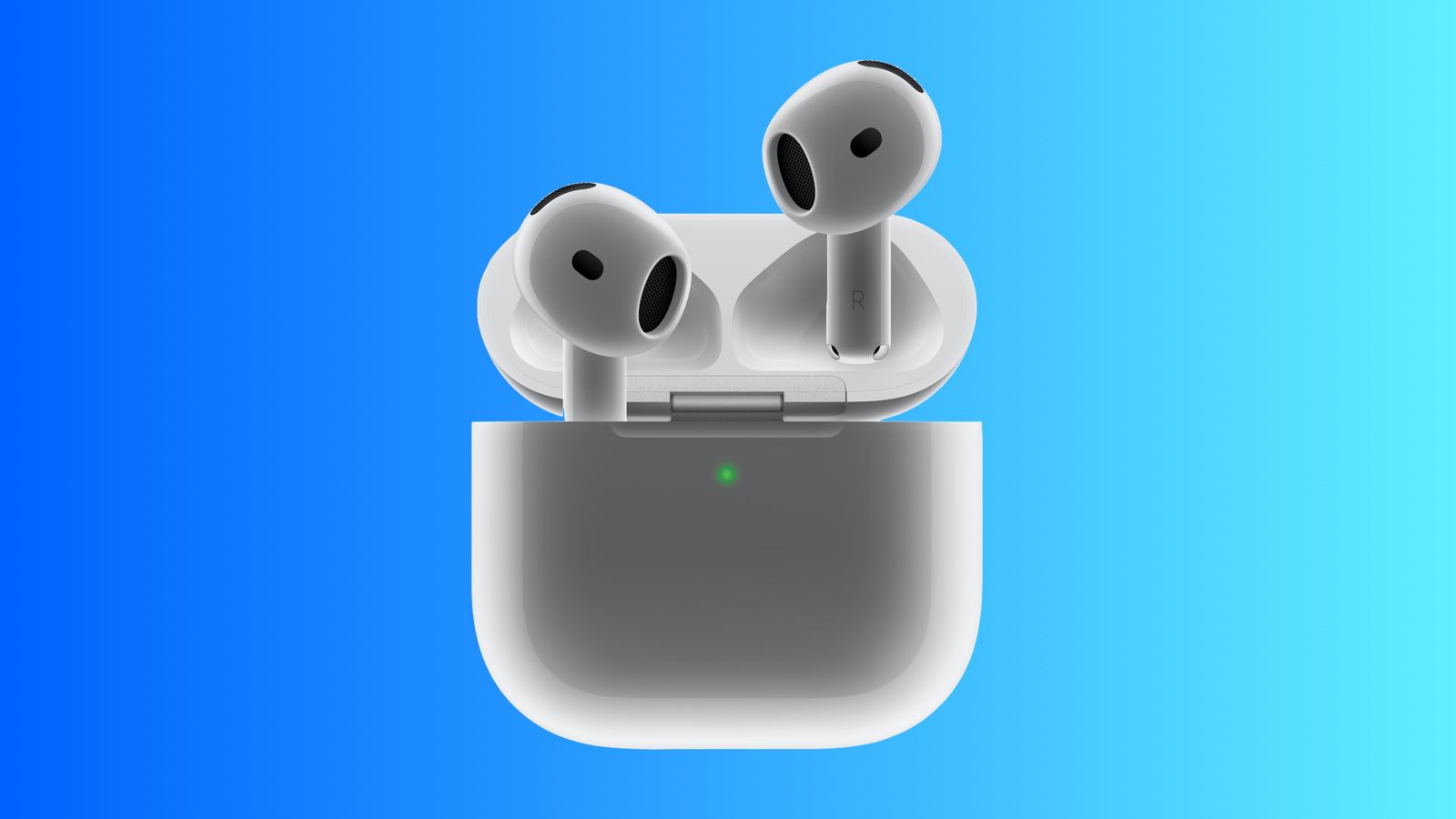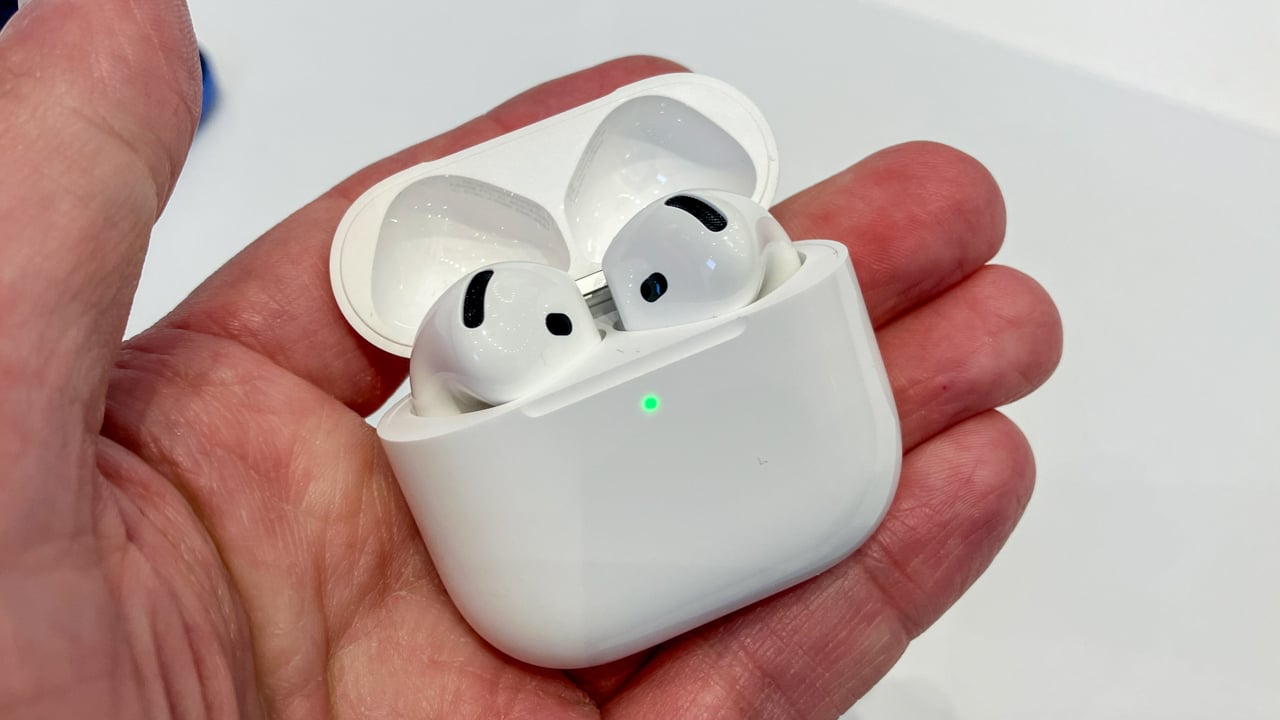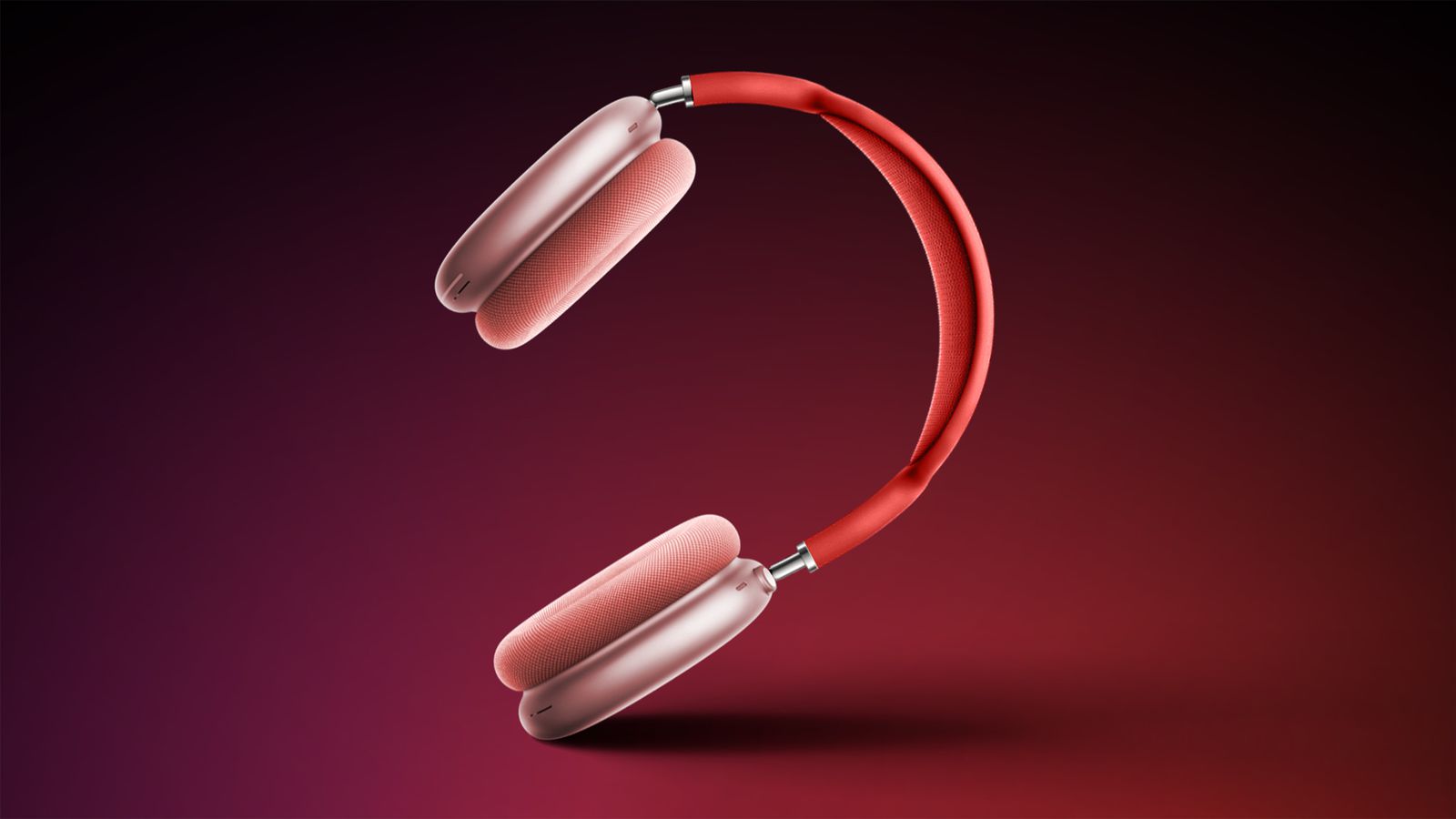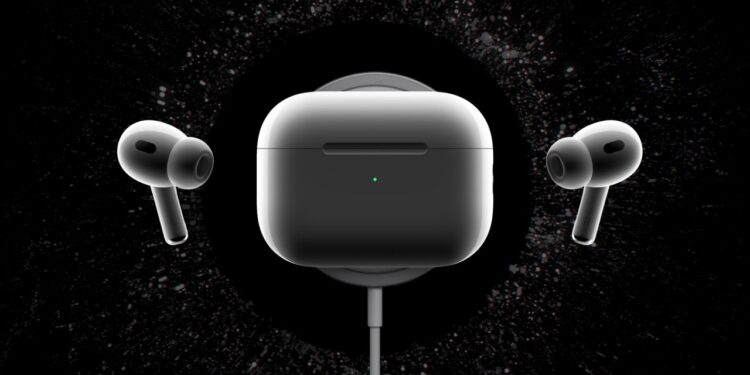In a surprising twist at Apple’s recent Glowtime event, the spotlight shone not on the luxurious AirPods Max but on the more wallet-friendly AirPods 4, priced at just $129. This announcement left tech aficionados buzzing about the unexpected prioritization in Apple’s audio lineup. As Apple continues to innovate, the new AirPods 4 comes equipped with features that even the $549 AirPods Max lacks, challenging the norms of technological hierarchy within the brand.

A Leap in Technology with the H2 Chip
During the event, Kate Bergeron, Apple’s VP of hardware engineering, unveiled that the AirPods 4 would include the advanced H2 chip—a leap in processing power first seen in the AirPods Pro 2 in 2022. This chip is not just a minor upgrade; it’s a game changer. Apple claims it delivers a “major improvement in sound quality” and introduces a suite of intelligent features that enhance user interaction and audio experience significantly.
The H2 chip enables the AirPods 4 to cancel “twice as much noise” compared to its predecessors, a feature highlighted during its introduction. Moreover, it supports dynamic interactions with Siri, such as responding through nods or shakes of the head, and powers Adaptive Audio, which adjusts noise cancellation and transparency modes according to environmental sounds. These advancements are not just iterative; they’re transformative, providing users with a more intuitive and immersive listening experience.

Feature-Rich Yet Cost-Effective
Perhaps the most striking aspect of the AirPods 4 is their affordability coupled with high-end features. For an additional $50, users can enjoy enhanced noise cancellation, making this model a competitive alternative to its pricier counterparts. Apple’s strategy of packing cutting-edge technology into its most economical model of AirPods suggests a shift towards making premium features accessible to a broader audience.
Moreover, the introduction of Conversation Awareness, which adjusts audio based on the user’s interaction with their environment, and Voice Isolation for clearer calls during noisy situations, are significant upgrades that cater to the everyday needs of users. These thoughtful features demonstrate Apple’s commitment to enhancing user experience beyond mere hardware upgrades.
Outshining the Higher-End Model
While the AirPods Max received minor updates such as new colours and a USB-C connection, these changes seem superficial compared to the technological advancements in the AirPods 4. The decision to not equip the AirPods Max with the H2 chip has left some consumers questioning Apple’s strategy. It appears that Apple has placed its bet on enhancing the appeal of its more accessible models rather than pushing the boundaries of its premium offerings.

Apple’s latest move could signify a strategic shift towards democratizing technology, where premium features are no longer confined to the most expensive products. The AirPods 4 with their innovative features, affordability, and consumer-focused design, seem to embody Apple’s new direction. As competitors scramble to match this blend of price and performance, Apple is setting new standards, making high-quality audio technology accessible to everyone. This approach not only broadens Apple’s market reach but also reinforces its role as a pioneer in the tech industry, continually challenging the expectations of both consumers and competitors alike.










